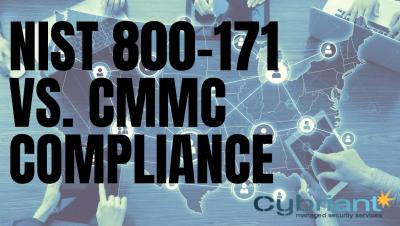NIST 800-53: A Guide to Compliance
The NIST 800-53 standard offers solid guidance for how organizations should select and maintain customized security and privacy controls for their information systems. NIST SP 800-53 Revision 5 is one of many compliance documents you need to familiarize yourself with if you are working with information technology. This post breaks it down for you into digestible pieces that emphasize the standard’s practical meaning and application.








